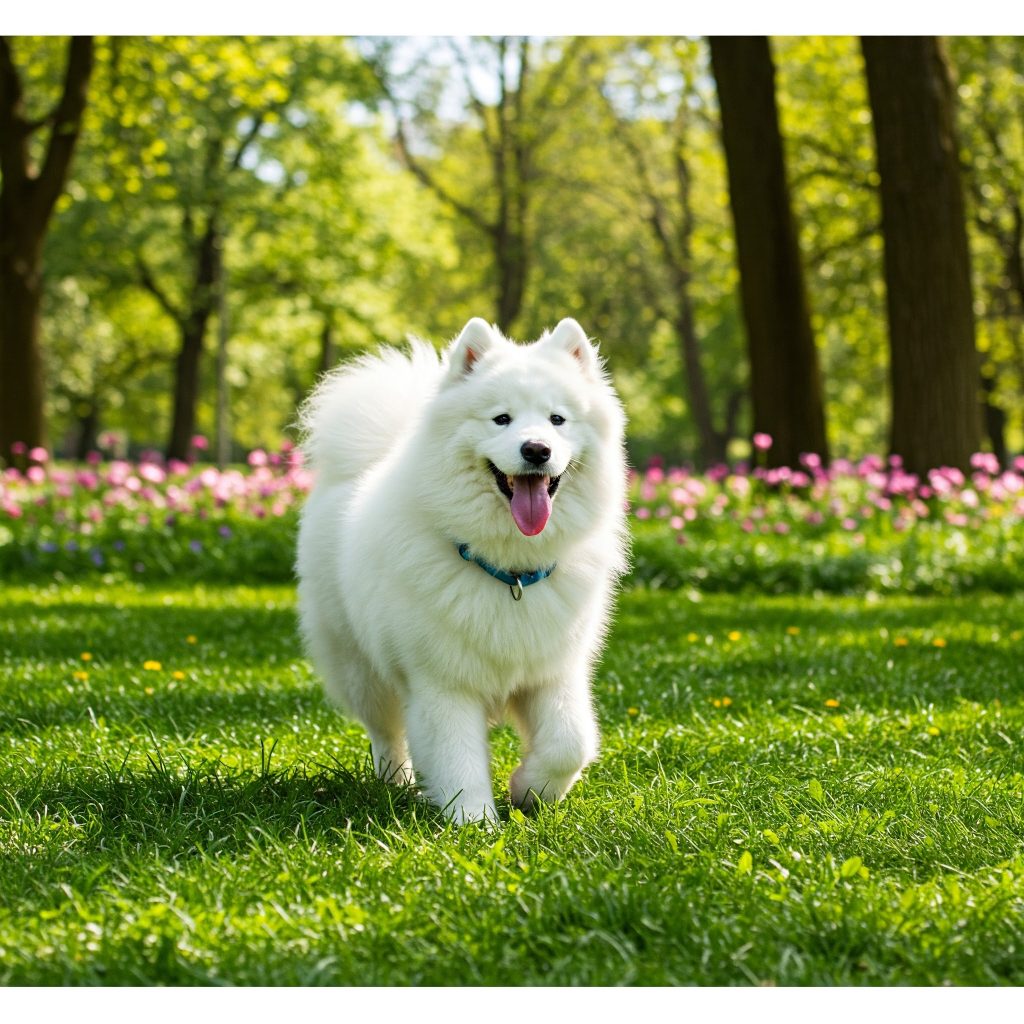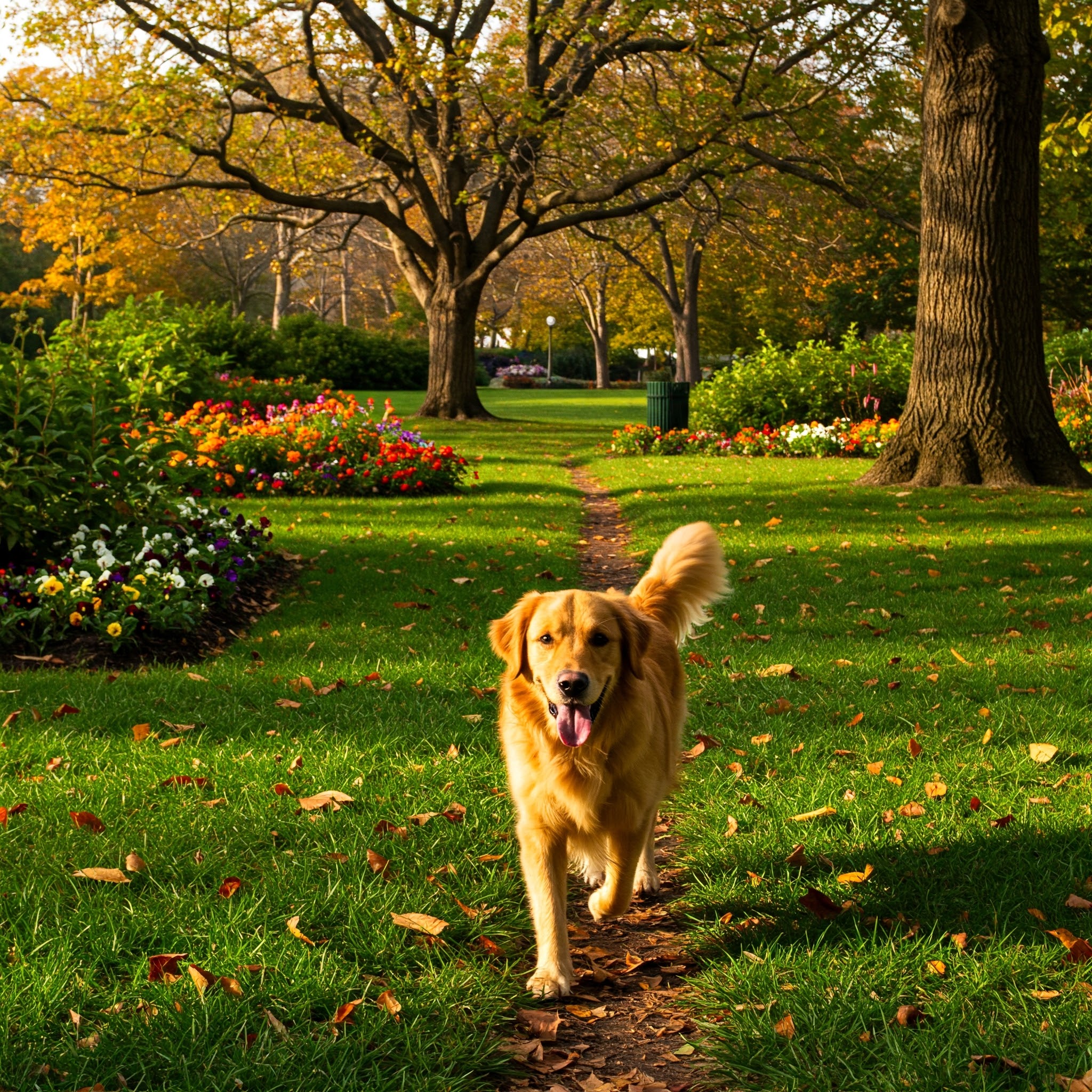Dogs are social animals that thrive on physical activity and mental stimulation. Regular walks are essential for maintaining their physical and mental health, and can help prevent a variety of health problems. In the UK and EU, there are specific guidelines and recommendations regarding dog walking to ensure their well-being.
Physical Benefits of Walks
- Weight management: Walking helps dogs burn calories and maintain a healthy weight. Obesity is a serious health problem for dogs, and can lead to a number of other health problems, such as arthritis, diabetes, and heart disease. The Kennel Club recommends that adult dogs should have at least 30 minutes of moderate-intensity exercise per day, and puppies should have several short walks throughout the day.
- Muscle and joint health: Walking helps to strengthen muscles and joints, which can help to prevent arthritis and other joint problems. Regular exercise can also help to improve mobility and flexibility in older dogs.
- Cardiovascular health: Walking is a great way to get your dog’s heart rate up and improve their cardiovascular health. Regular exercise can help to strengthen the heart and lungs, and improve circulation.
- Bone health: Walking helps to build and maintain strong bones. Weight-bearing exercise can help to increase bone density and reduce the risk of fractures.
Mental Benefits of Walks
- Stress relief: Walking is a great way for dogs to relieve stress and anxiety. Exercise can help to release endorphins, which have mood-boosting effects.
- Mental stimulation: Walking provides dogs with mental stimulation, which is important for their cognitive health. Exploring new environments and encountering new sights and smells can help to keep their minds active and engaged.
- Socialization: Walking is a great way for dogs to socialize with other dogs and people. Social interaction can help to improve their behavior and reduce aggression.
How Often Should You Walk Your Dog?

The amount of exercise your dog needs will vary depending on their age, breed, and overall health. However, most dogs need at least 30 minutes of exercise per day. The Kennel Club recommends that adult dogs should have at least 30 minutes of moderate-intensity exercise per day, and puppies should have several short walks throughout the day.
Tips for Walking Your Dog
- Start slowly and gradually increase the duration and intensity of your walks. This will help to prevent injury and ensure that your dog can keep up.
- Choose a safe and appropriate walking route. Avoid busy roads and areas with heavy traffic.
- Make sure your dog is properly leashed and under your control. In the UK, it is the law to keep your dog on a lead in certain areas, such as public parks and near livestock.
- Bring water and snacks for your dog. It is important to keep your dog hydrated, especially during hot weather.
- Take breaks when needed. Don’t push your dog too hard, especially if they are young, old, or have health problems.
- Enjoy your time together! Walking your dog is a great way to bond with your furry friend and enjoy some fresh air and exercise.
Additional Tips
- Consider your dog’s age and breed when choosing a walking route. Some breeds are more active than others, and older dogs may need shorter walks.
- Talk to your veterinarian about how much exercise your dog needs. They can advise you on the best type and amount of exercise for your dog’s individual needs.
- If you have a puppy, start with short walks and gradually increase the duration as they get older. Puppies have delicate bones and joints, so it is important to avoid overexertion.
- If you have an older dog, you may need to walk them more slowly and take more frequent breaks. Older dogs may have arthritis or other health problems that can make it difficult for them to keep up.
- Always supervise your dog when they are off-leash. Even the most well-trained dogs can be unpredictable, so it is important to keep them under control at all times.
Walking your dog is a great way to bond with your furry friend and keep them healthy. Make it a part of your daily routine and enjoy the benefits!
I would also like to add that it is important to be aware of the weather conditions when walking your dog. If it is too hot or too cold, it is best to avoid walking your dog altogether.
I hope this blog post has been informative. Please feel free to share it with your friends and family.
Additional Resources
Remember, a healthy dog is a happy dog!
I hope this blog post has been helpful. If you have any questions, please feel free to leave a comment below.
Thank you for reading!
